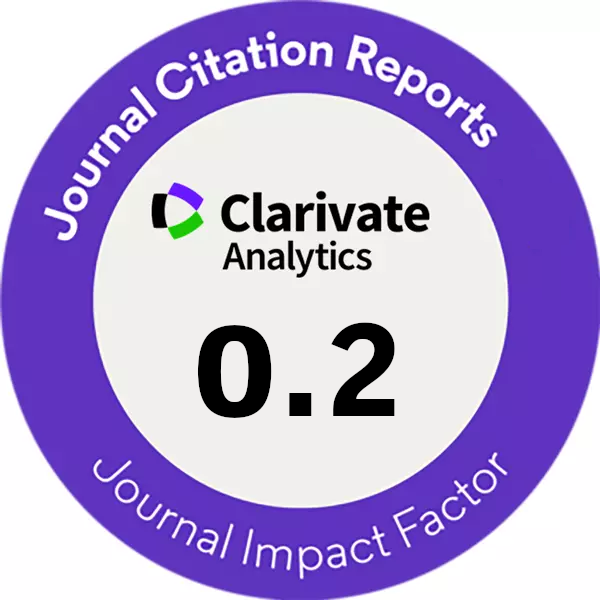Experimental Study of Prestressed Steel Wire Rope-Composite Mortar for Flexural Strengthening of RC Beams
DOI:
https://doi.org/10.14311/CEJ.2024.04.0032Keywords:
Prestressed steel wire rope, Strengthening, Prestressed steel wire rope-composite mortar, Experimental studyAbstract
This paper proposes a new method for strengthening structures using prestressed steel wire rope-composite mortar. Firstly, the flexural performance test was conducted on reinforced concrete rectangular beams using composite mortar and prestressed steel wire rope. The test included one reference beam and four reinforced beams. The different arrangements of steel wire ropes and the influence of composite mortar on the flexural performance of the beams were analyzed. ANSYS finite element analysis software was used to perform nonlinear numerical simulations of the reinforced and unreinforced beams, and the results of the finite element modeling were compared with the test results to verify the reliability of the experimental findings. By comparing and analyzing the data of deflection, strain, and other parameters before and after strengthening, it was found that the prestressed steel wire rope strengthening method can significantly improve the load-carrying capacity of the existing bridge, greatly improve the structural performance, and have a good effect on resisting cracking in the reinforced concrete beams. The composite mortar can extend the service life of the prestressed steel wire rope and has excellent durability.
Downloads
References
Siwowski T, Piątek B, Siwowska P, et al. Development and implementation of CFRP post-tensioning system for bridge strengthening[J]. Engineering Structures, 2020, 207: 110266.
Hall P. Building bridges: Strengthening the principal induction process through intentional mentoring[J]. Phi Delta Kappan, 2008, 89(6): 449-452.
Crawford B, Soto R, Lemus-Romani J, et al. Investigating the efficiency of swarm algorithms for bridge strengthening by conversion to tied-arch: A numerical case study on San Luis bridge[J]. Iranian Journal of Science and Technology, Transactions of Civil Engineering, 2021, 45: 2345-2357.
Miller T C, Chajes M J, Mertz D R, et al. Strengthening of a steel bridge girder using CFRP plates[J]. Journal of bridge engineering, 2001, 6(6): 514-522.
Williams G, Al-Mahaidi R, Kalfat R. The West Gate Bridge: Strengthening of a 20th century bridge for 21st century loading[J]. Special Publication, 2011, 275: 1-18.
Cardinale G, Orlando M. Structural evaluation and strengthening of a reinforced concrete bridge[J]. Journal of Bridge Engineering, 2004, 9(1): 35-42.
Hu W, Li Y, Yuan H. Review of experimental studies on application of FRP for strengthening of bridge structures[J]. Advances in Materials Science and Engineering, 2020, 2020: 1-21.
Martín-Sanz H, Tatsis K, Damjanovic D, et al. Getting more out of existing structures: steel bridge strengthening via UHPFRC[J]. Frontiers in Built Environment, 2019, 5: 26.
Lopez A, Galati N, Alkhrdaji T, et al. Strengthening of a reinforced concrete bridge with externally bonded steel reinforced polymer (SRP)[J]. Composites Part B: Engineering, 2007, 38(4): 429-436.
Grayson-Wallace B, Aljasar A, Cheng L, et al. Advances in Shear Strengthening of Concrete Bridge Girders[J]. Journal of Bridge Engineering, 2022, 27(6): 03122002.
Chajes M, Rollins T, Dai H, et al. Report on techniques for bridge strengthening: Main report[R]. United States. Federal Highway Administration. Office of Infrastructure, 2019.
Pang B, Yang P, Wang Y, et al. Life cycle environmental impact assessment of a bridge with different strengthening schemes[J]. The International Journal of Life Cycle Assessment, 2015, 20: 1300-1311.
Schnerch D, Dawood M, Rizkalla S, et al. Proposed design guidelines for strengthening of steel bridges with FRP materials[J]. Construction and building materials, 2007, 21(5): 1001-1010.
Zampieri P, Simoncello N, Gonzalez-Libreros J, et al. Evaluation of the vertical load capacity of masonry arch bridges strengthened with FRCM or SFRM by limit analysis[J]. Engineering Structures, 2020, 225: 111135.
Yang J, Hou P, Pan Y, et al. Shear behaviors of hollow slab beam bridges strengthened with high-performance self-consolidating cementitious composites[J]. Engineering Structures, 2021, 242: 112613.
Eberline D K, Klaiber F W, Dunker K. Bridge strengthening with epoxy-bonded steel plates[J]. Transportation Research Record, 1988, 1180: 7-11.
Jasieńko J, Nowak T P. Solid timber beams strengthened with steel plates–Experimental studies[J]. Construction and Building Materials, 2014, 63: 81-88.
Peng J, Tang H, Zhang J. Structural behavior of corroded reinforced concrete beams strengthened with steel plate[J]. Journal of Performance of Constructed Facilities, 2017, 31(4): 04017013.
Hu W, Li Y, Yuan H. Review of experimental studies on application of FRP for strengthening of bridge structures[J]. Advances in Materials Science and Engineering, 2020, 2020: 1-21.
El-Mihilmy M T, Tedesco J W. Analysis of reinforced concrete beams strengthened with FRP laminates[J]. Journal of Structural Engineering, 2000, 126(6): 684-691.
Kim S H, Park J S, Jung W T, et al. Strengthening Effect of the External Prestressing Method That Simulated a Deterioration Bridge[J]. Applied Sciences, 2021, 11(6): 2553.
Kim S H, Park J S, Jung W T, et al. Experimental study on strengthening effect analysis of a deteriorated bridge using external prestressing method[J]. Applied Sciences, 2021, 11(6): 2478.
Madaj A, Mossor K. Evaluation of external prestressing as a strengthening method for existing concrete bridges[J]. Structural Engineering International, 2019, 29(3): 412-416.
Downloads
Published
Issue
Section
License
Copyright (c) 2024 Author

This work is licensed under a Creative Commons Attribution-NonCommercial 4.0 International License.
Authors who publish with this journal agree to the following terms:
- Authors retain copyright and grant the journal right of first publication with the work simultaneously licensed under a Creative Commons Attribution License that allows others to share the work with an acknowledgement of the work's authorship and initial publication in this journal.
- Authors are able to enter into separate, additional contractual arrangements for the non-exclusive distribution of the journal's published version of the work (e.g., post it to an institutional repository or publish it in a book), with an acknowledgement of its initial publication in this journal.
- Authors are permitted and encouraged to post their work online (e.g., in institutional repositories or on their website) prior to and during the submission process, as it can lead to productive exchanges, as well as earlier and greater citation of published work (See The Effect of Open Access).










